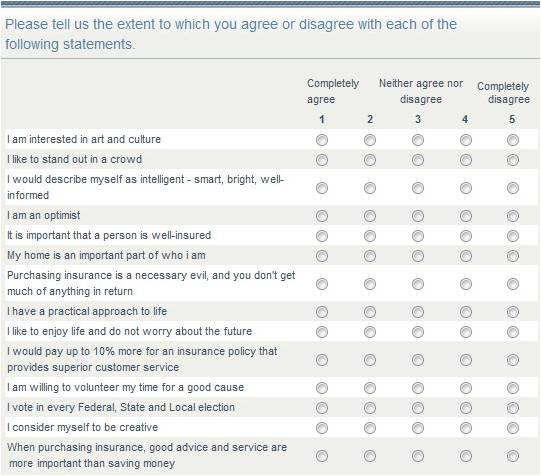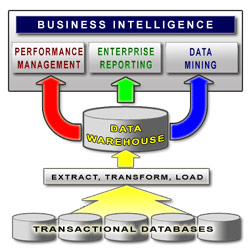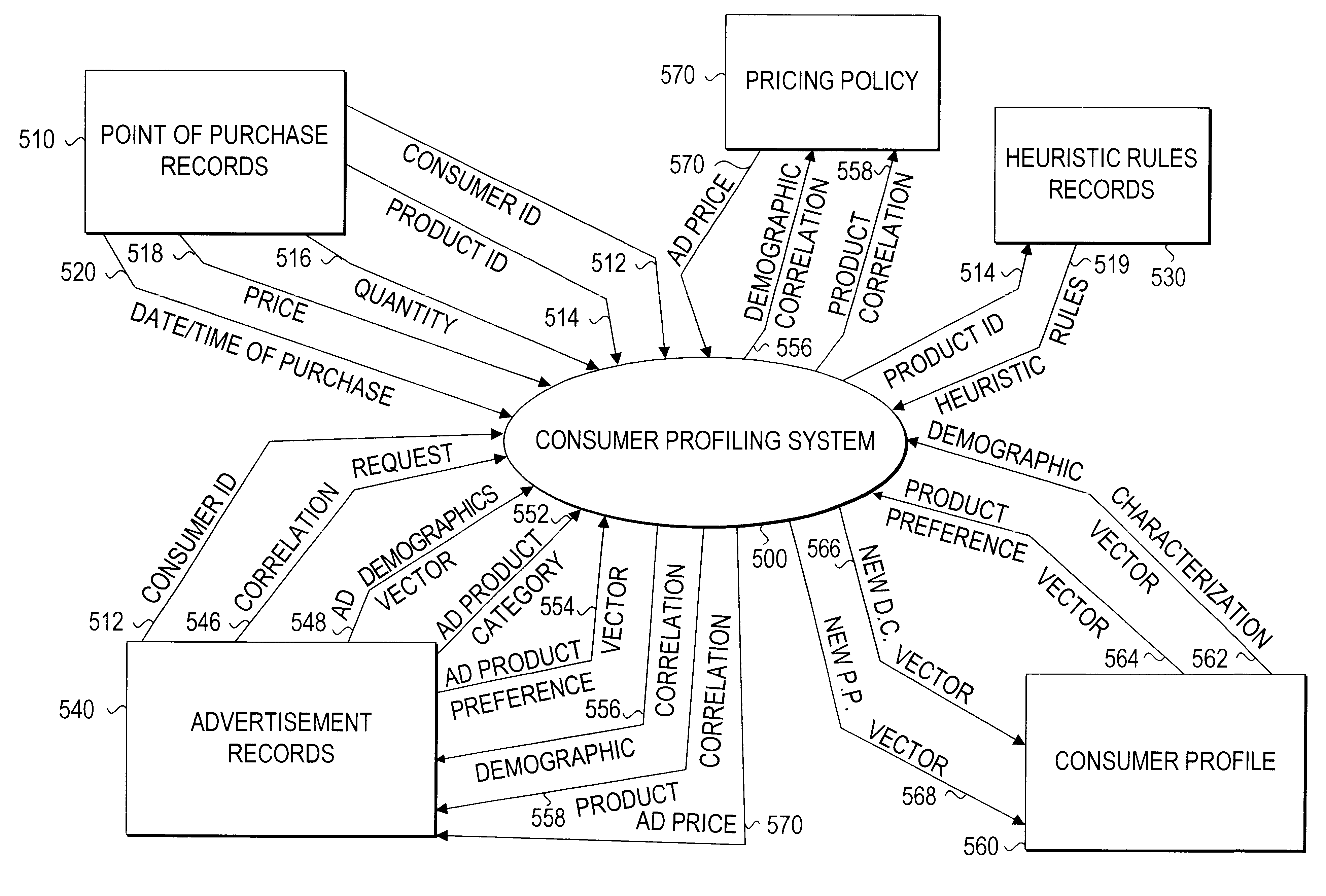A while back I bought some fancy sunscreen in Rice Village and then went to the nearby Starbucks for an iced tea.
My credit card company put a hold on my card because I was “outside of my normal purchasing range.”
Welcome to my research on Pyschographic Consumer Profiling and the fascinating creative imagery that it produces!
First, take this survey.{1}
Next, observe this diagram. We are already familiar with demographic information:
But “psychographic” information goes further:
It’s not just having new information on consumers, it is the assumption that consumers themselves are a new kind of animal:
Now if you did take the VALS survey, as instructed, you would have found out what kind of new consumer you are.
Although the VALS survey revealed that I, for example, must love Rachel Ray and fizzy water, it is not nearly as juicy as some of the other consumer indexes. I would rather be plotted on whatever matrix slots me into the exciting categories below:
For the past 30 years as psychographic consumer profiling has gained credibility, marketing professionals have practiced determining and representing the consumer profiles that we all fulfill.
Sweet job making imaginary people, but what is the point?
Psychographic consumer profiling is believed to help businesses target their niche markets and sell their products to people who they can now predict will want them:
But they don’t just know that we will buy their product- some psychographic consumer profiling delves into why we buy it:
Then, they can extrapolate where we live because we buy it, because they know who we are because we buy it, and because we buy it, they know who we are:
And this information helps determine the property values and markets for real estate.
And that’s how they know that I should not be making purchases in Rice Village. The same hold is put on my card for going out of my market area as for going out of the country.
How do they know all this information? Data mining, data brokers, and e-scores are all thriving thanks to the internet- and our participation in it.
And if you’ve noticed an upsurge in user generated content, participatory marketing campaigns, and advertising using “types” of people to target types of people, it is not a coincidence.
This diagram grafts Arnstein’s famous ladder of citizen participation used in social work and urban planning (and brought into the social practice conversation{2}) onto a social media scale:

What does that mean? Consumption and contribution as axes of consumer value:
And, not only is this valuation very familiar in the realm of social practice, but arts institutions also use it to help target their audiences.
Take a gander at this slide with a familiar ring to it:
Full circle, yall!
And now I leave you with these greatest hits of pyschographic consumer profiling graphics:
(but they are curated based on my using a PC, iPhone, Google, Google chrome, and all my previous searches)
{1}Martha Rosler’s series Culture, Class, Creativity, and Urbanism is a great read that first introduced me to the VALS survey.
{2} Claire Bishop, “Participation as Spectacle: Where Are We Now?” Living as Form page 42





































